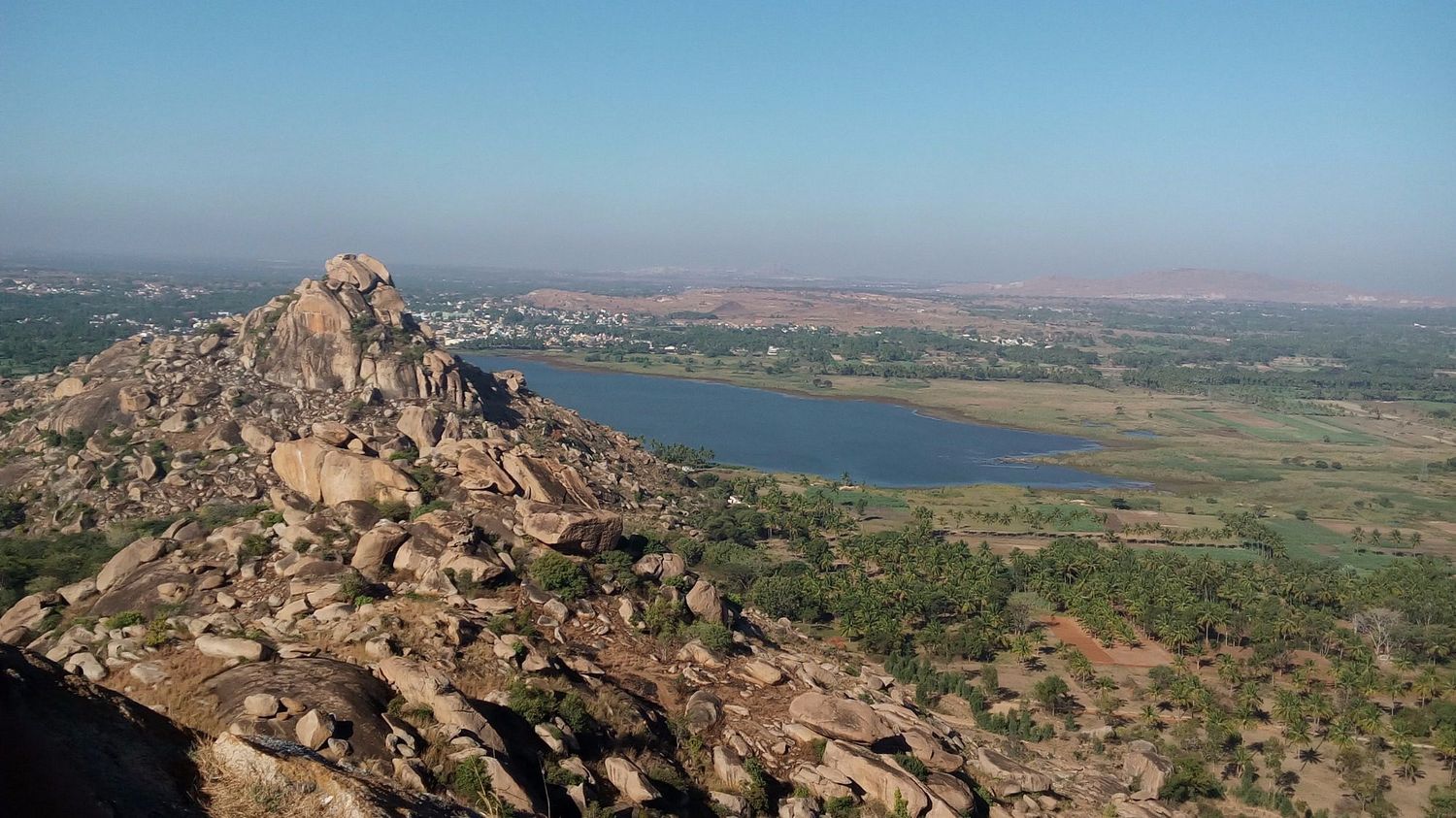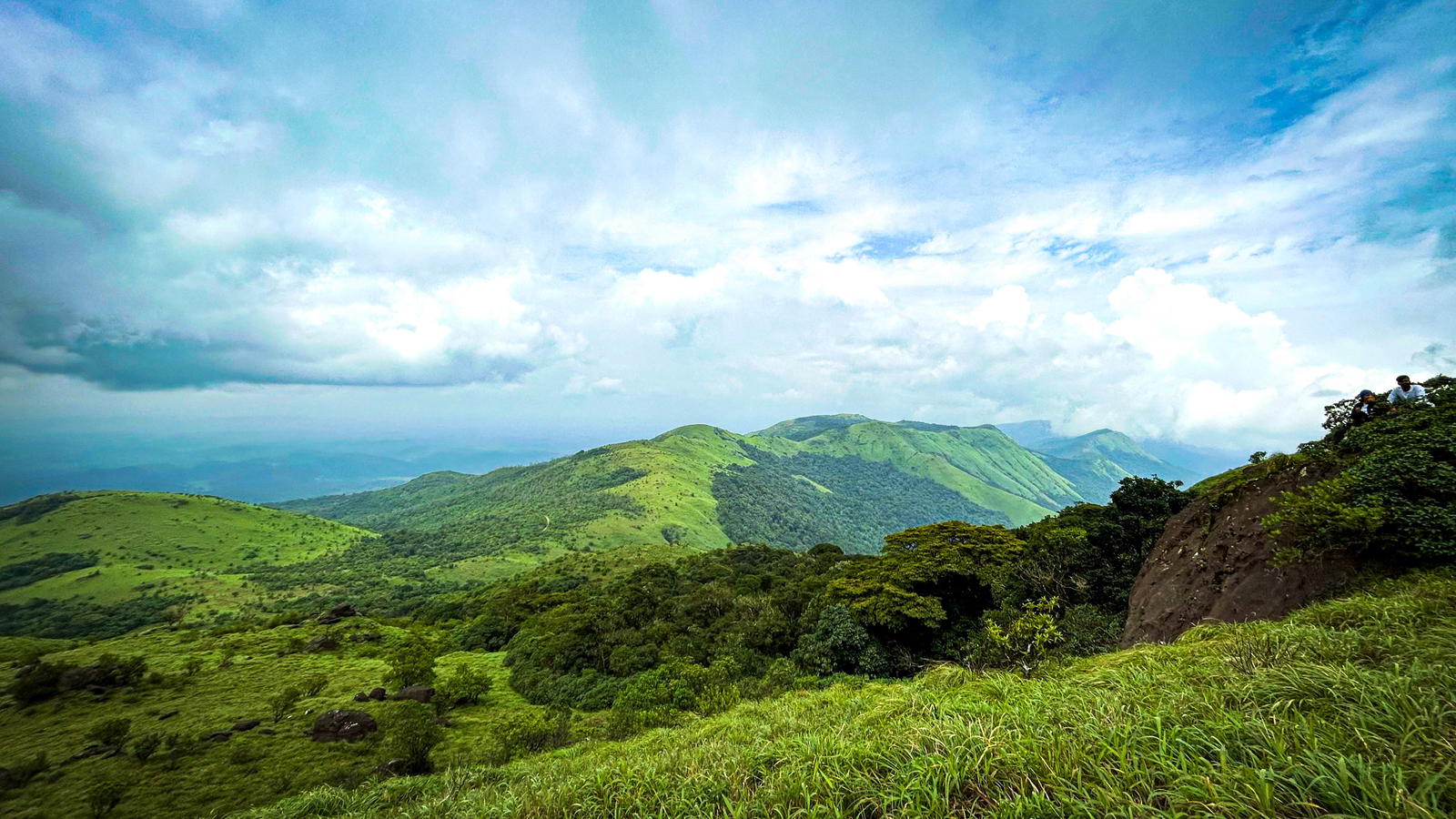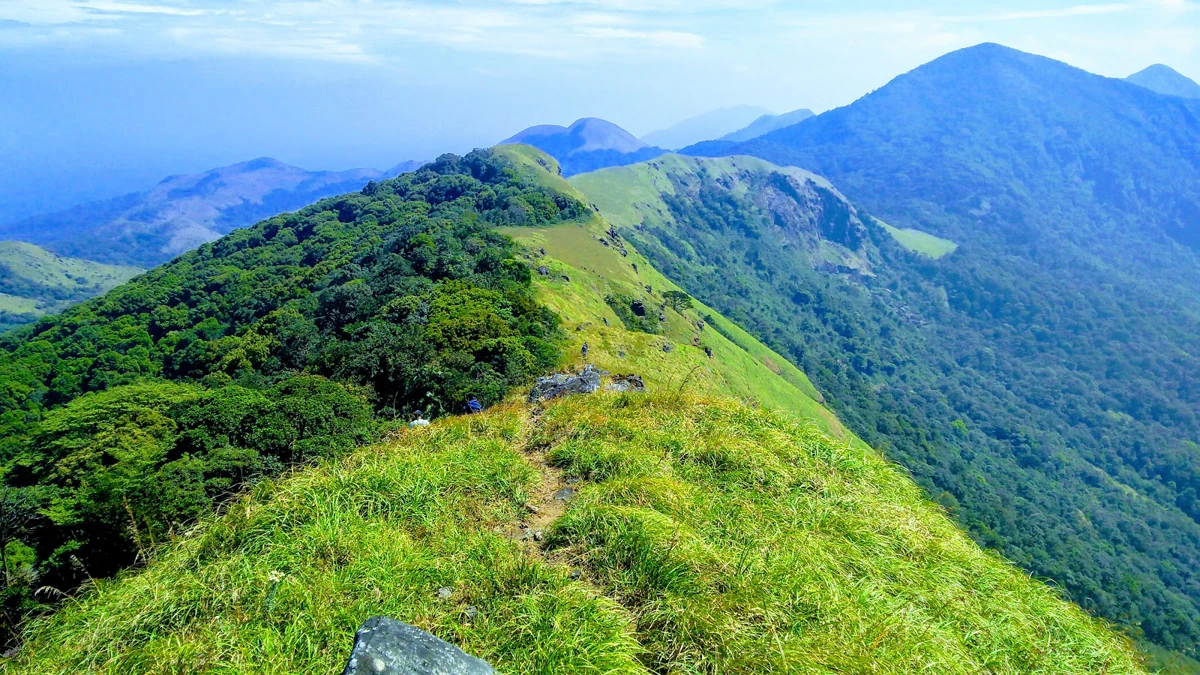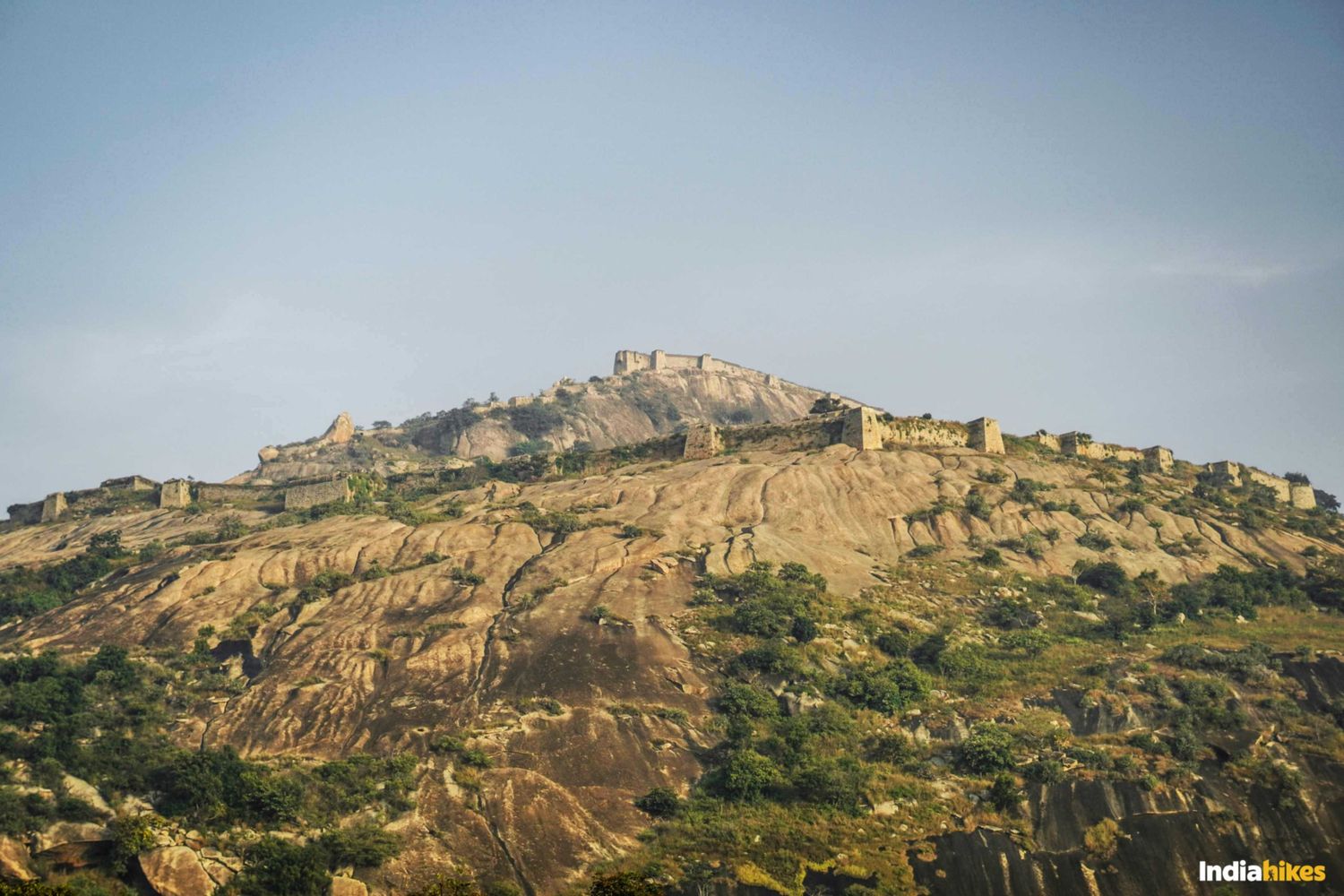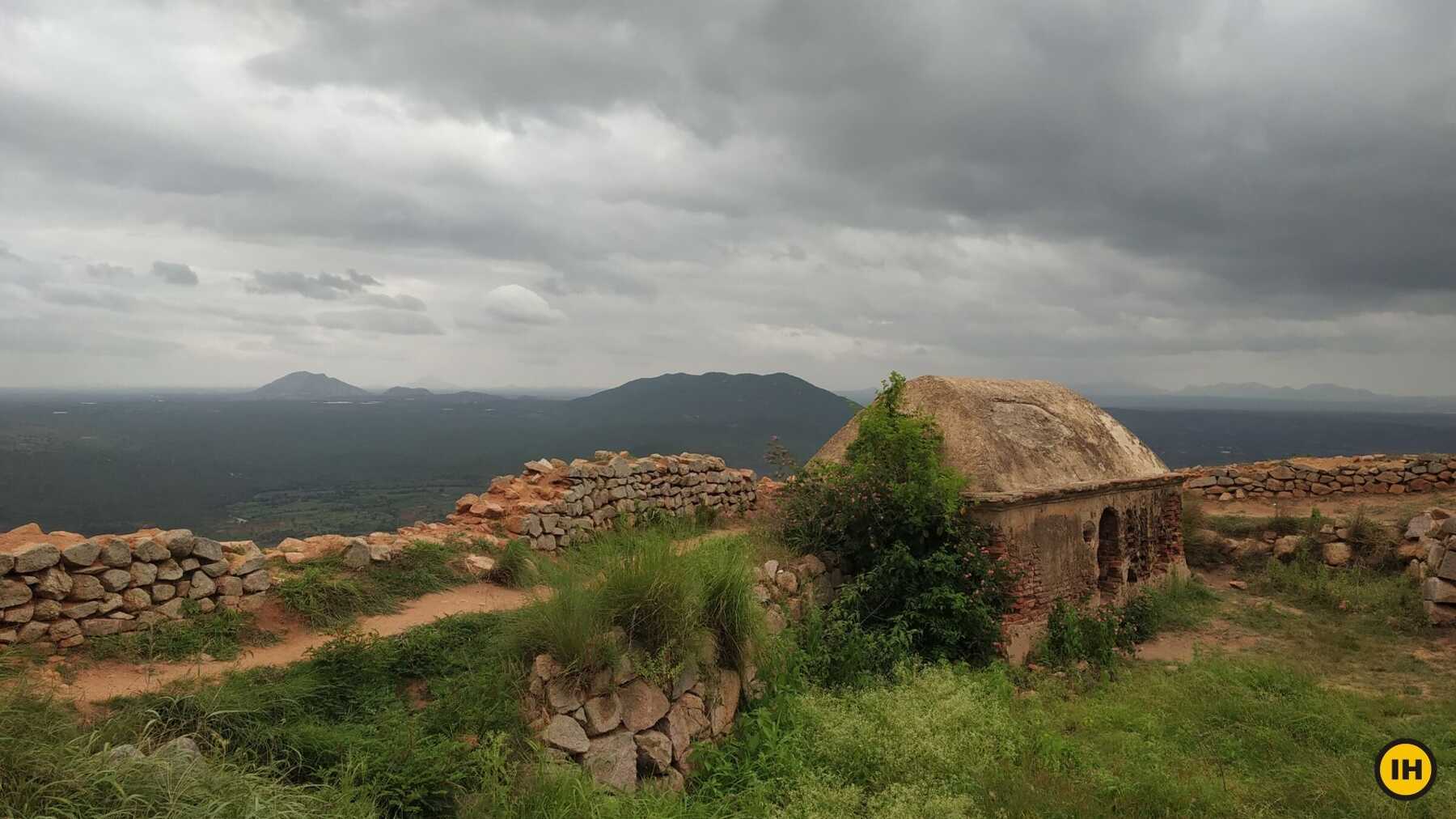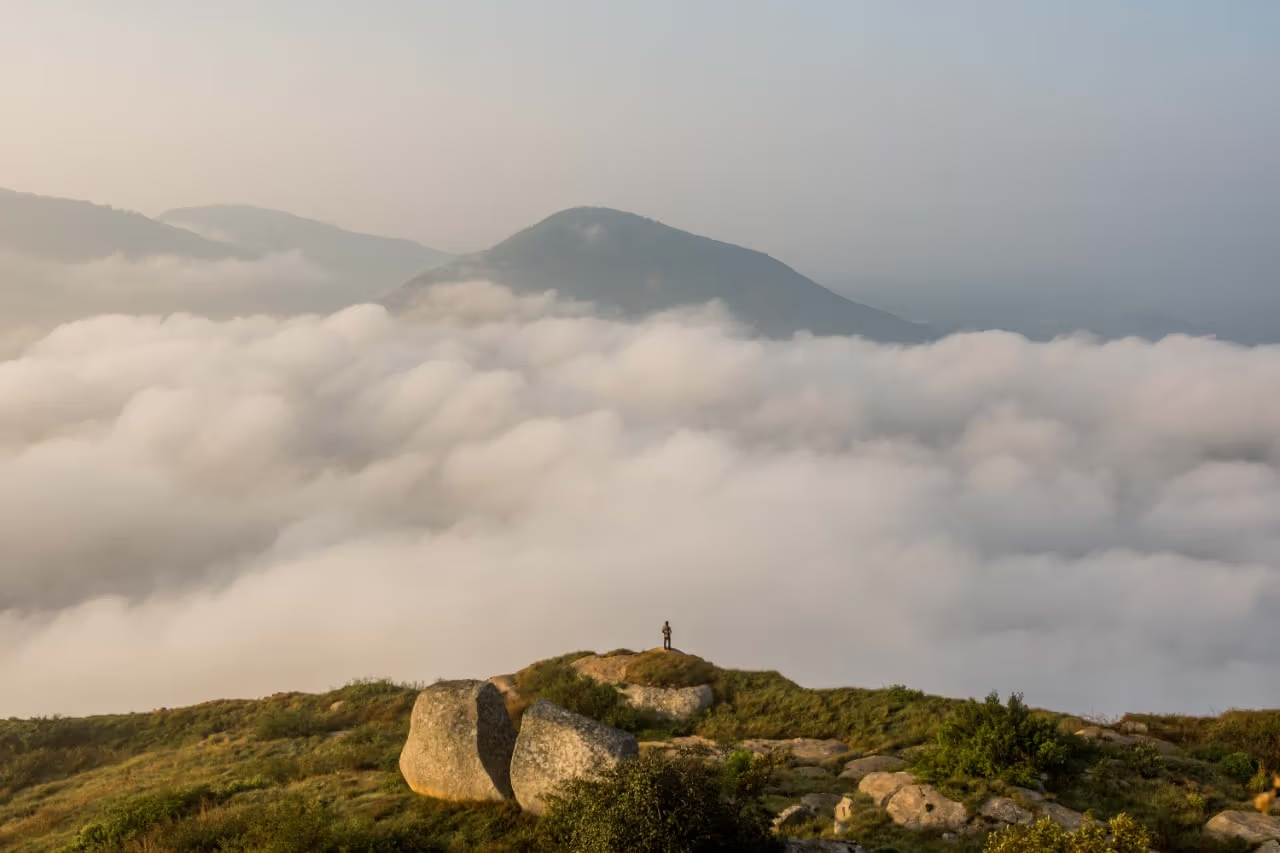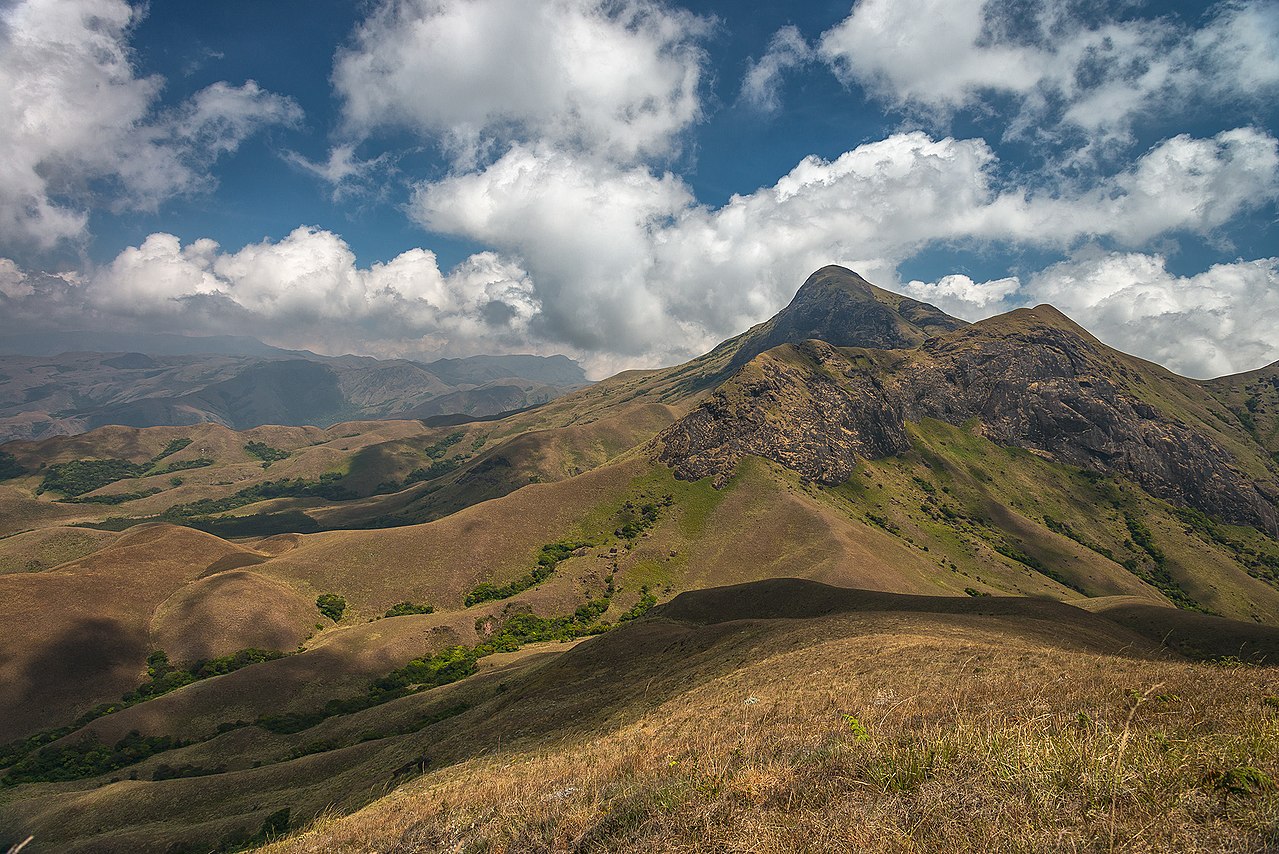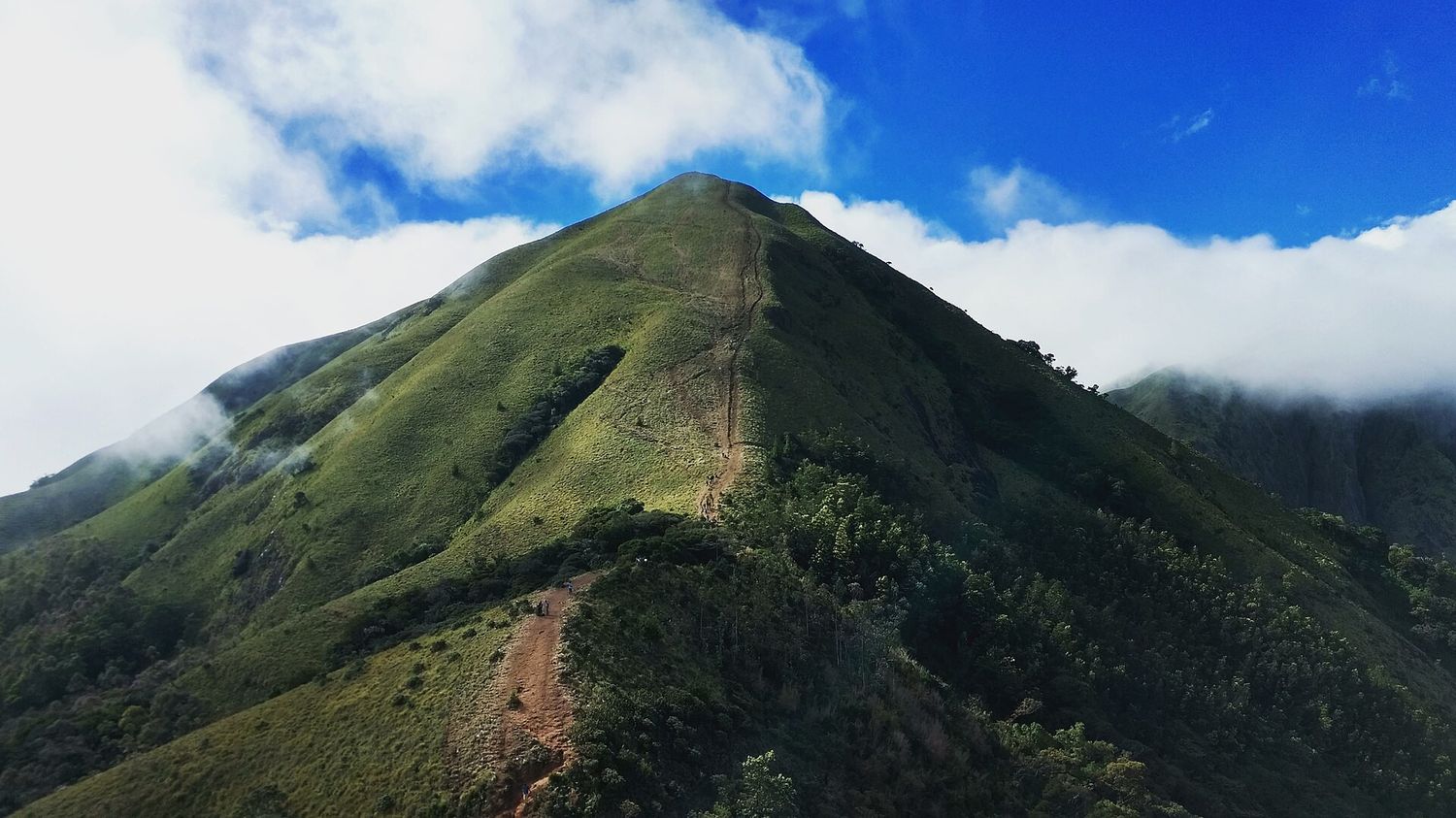Kunti Betta Trek: A Perfect Sunrise and Adventure Getaway near Bangalore
Kunti Betta Trek is one of the most popular short treks near Bangalore, located in the historic town of Pandavapura in Mandya district. Rising to an altitude of about 3,120 ft, the twin rocky hills of Kunti Betta overlook the serene Thonnur Lake, offering trekkers a unique blend of mythology, adventure, and scenic beauty. The trek is named after Kunti, mother of the Pandavas, who is believed to have spent time here during their exile. Known for its rocky terrain, panoramic sunrise views, and night-trekking opportunities, Kunti Betta has become a favorite weekend escape for adventure seekers and nature lovers. Its proximity to Bangalore and Mysuru makes it an ideal destination for quick getaways.
The Mythological Significance
According to legend, Kunti, the mother of the Pandavas, took refuge in these hills during their exile, giving the trek its name. The place still resonates with mythological significance, adding a cultural dimension to the trekking experience.
Why Trekkers Love Kunti Betta
The trek offers everything in a short distance—rock climbing sections, panoramic ridge walks, and a summit view that captures Thonnur Lake and the surrounding sugarcane fields. Adventure seekers particularly enjoy night trekking here, followed by witnessing a breathtaking sunrise.
Best Time to Trek Kunti Betta
While the trek can be done year-round, winter and post-monsoon months provide the most pleasant weather. Summers can be hot, so early morning or late evening treks are recommended.
